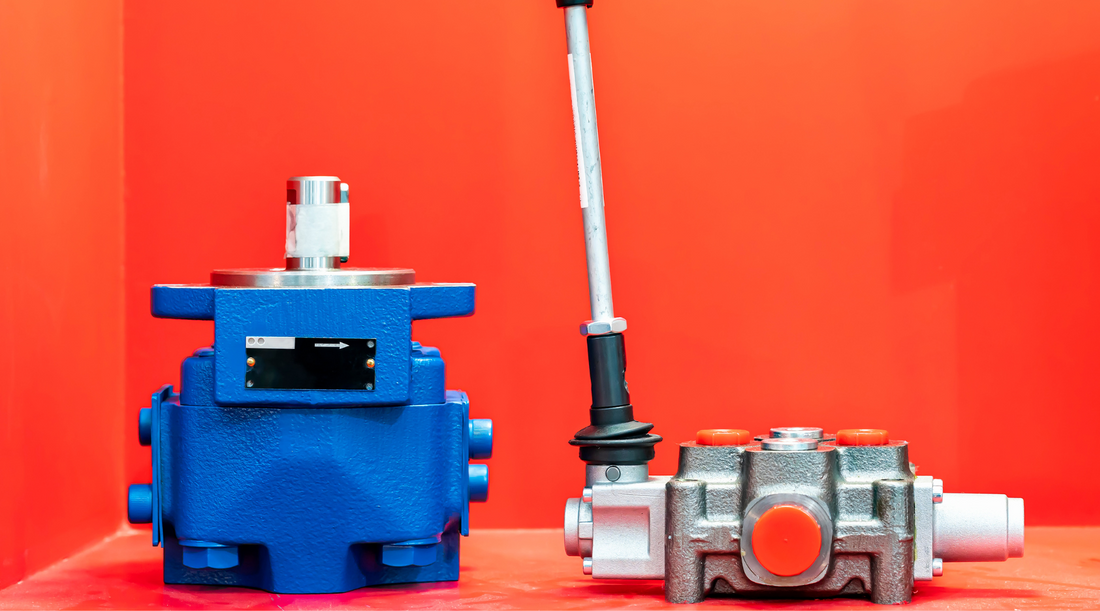Recognizing the Relevance of Control Valves in Process Automation
Recognizing the Relevance of Control Valves in Process Automation
Blog Article

Maximize Power Cost Savings and Convenience With Advanced Structure Automation Controls
In the realm of modern style and center administration, the assimilation of innovative structure automation regulates stands as an essential improvement. By harnessing the power of automation, structures can adapt, respond, and evolve in means that were once unimaginable.
Power Performance Conveniences
Energy effectiveness benefits can significantly decrease power intake and functional prices in buildings. By carrying out energy-efficient techniques and technologies, building proprietors and drivers can achieve considerable savings while also adding to ecological sustainability. One of the primary benefits of boosting power efficiency in buildings is the reduction of utility costs. Energy-efficient systems, such as advanced building automation controls, can maximize making use of resources like heating, cooling, and lighting, causing lower power expenditures in time.
Furthermore, boosted power effectiveness can lengthen the lifespan of building devices and systems. By running a lot more efficiently, HVAC systems, lighting fixture, and other building elements experience less deterioration, leading to reduced upkeep and replacement expenses. Additionally, energy-efficient buildings frequently regulate greater property worths and rental rates, offering lasting economic advantages to proprietors.
Moreover, energy efficiency can boost occupant comfort and efficiency. Effectively controlled interior settings with optimal illumination and thermal problems produce a more helpful and positive work area, resulting in boosted worker complete satisfaction and performance. On the whole, the energy efficiency benefits connected with innovative structure automation controls are diverse, incorporating cost financial savings, ecological stewardship, and owner well-being.
Improved Comfort Control
Enhancing convenience control in structure settings needs an innovative assimilation of sophisticated automation systems for ideal passenger wellness. By using sophisticated structure automation controls, facilities can customize the indoor environment to fulfill the specific demands and preferences of owners. These systems allow specific policy of air flow, temperature, and lights, developing a effective and comfortable atmosphere. Resident fulfillment and performance are carefully linked to thermal convenience, making it vital to have systems in area that can adapt to transforming conditions in real-time.
By including these innovative controls, structures can not just boost convenience however additionally improve power performance by enhancing system procedures based on real tenancy and use patterns. Inevitably, prioritizing resident convenience via sophisticated automation systems leads to an extra delightful and much healthier indoor setting.
Operational Efficiency Improvements

In addition, the implementation of real-time surveillance and analytics tools makes it possible for building drivers to identify energy ineffectiveness and operational abnormalities without delay. By continuously keeping an eye on article power usage patterns and system efficiency metrics, modifications can be made in real-time to optimize power consumption and make sure peak operational performance. control valves. Furthermore, incorporating need response strategies into structure automation controls can additionally improve operational effectiveness by dynamically readjusting energy usage based upon grid problems and prices signals
Indoor Climate Optimization
Effective interior climate optimization is an essential element of structure automation controls, making certain occupants' comfort and health while optimizing energy savings. By making use of advanced sensing units and controls, developing automation systems can continuously change and check temperature level, moisture degrees, air quality, and ventilation to develop an optimum indoor atmosphere. Preserving comfortable and regular conditions not just improves passenger satisfaction but additionally improves productivity and general wellness.
Indoor climate optimization additionally plays a crucial function in energy effectiveness. By fine-tuning ventilation, air conditioning, and heating systems based on real-time data and occupancy patterns, constructing automation controls can substantially reduce energy consumption Discover More - control valves. For example, carrying out techniques such as demand-controlled air flow and thermal zoning can assist reduce energy waste while making sure that each location of the building obtains the required conditioning.

Sustainable Atmosphere Production
Building automation controls not only optimize interior climate problems for power effectiveness and occupant comfort however additionally lay the foundation for producing a lasting environment via critical management of resources and systems. By incorporating sophisticated structure automation modern technologies, such as sensors, actuators, and smart software program, centers can check and adjust power use in real-time to lessen waste and reduce their carbon impact. These systems make it possible for anticipating maintenance, identifying prospective problems prior to they intensify and enhancing tools efficiency to enhance durability and effectiveness.
Additionally, lasting atmosphere production prolongs beyond power administration to include water conservation, waste reduction, and interior air high quality enhancement. Building automation controls can manage water use, identify leakages, and make certain appropriate garbage disposal techniques, adding to total sustainability initiatives. Additionally, by checking and regulating ventilation and purification systems, these modern technologies boost resident wellness and productivity while decreasing power usage linked with heating and cooling procedures.
Final Thought
To conclude, advanced building automation manages offer substantial benefits in terms of energy cost savings, convenience control, operational effectiveness, indoor climate optimization, and producing a sustainable setting. By executing these controls, buildings can attain optimal performance while minimizing energy intake and enhancing owner convenience. It is obvious go now that making use of sophisticated automation innovation is critical in enhancing structure efficiency and developing a much more sustainable future.
Energy performance benefits can dramatically lower energy intake and functional expenses in buildings. Generally, the energy performance advantages linked with sophisticated structure automation controls are complex, encompassing price financial savings, ecological stewardship, and occupant wellness.
In addition, incorporating need action strategies into building automation controls can further boost functional performance by dynamically adjusting power usage based on grid conditions and prices signals.
Building automation regulates not only optimize interior environment conditions for power effectiveness and occupant comfort however likewise lay the structure for creating a lasting atmosphere with strategic monitoring of sources and systems.In conclusion, progressed building automation controls offer considerable benefits in terms of power cost savings, comfort control, operational efficiency, interior climate optimization, and creating a lasting setting.
Report this page